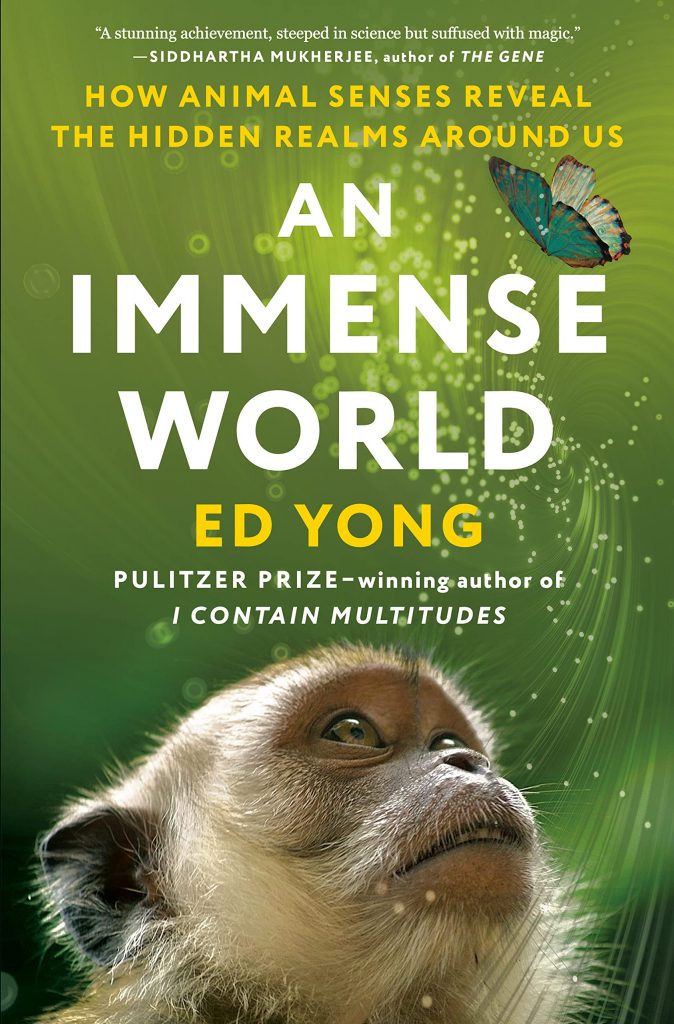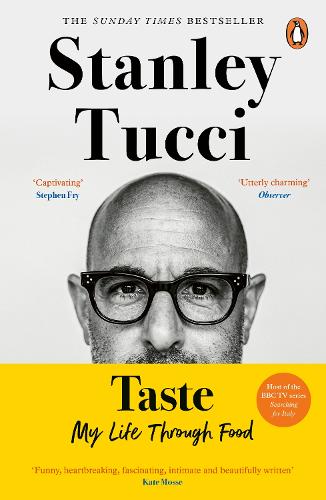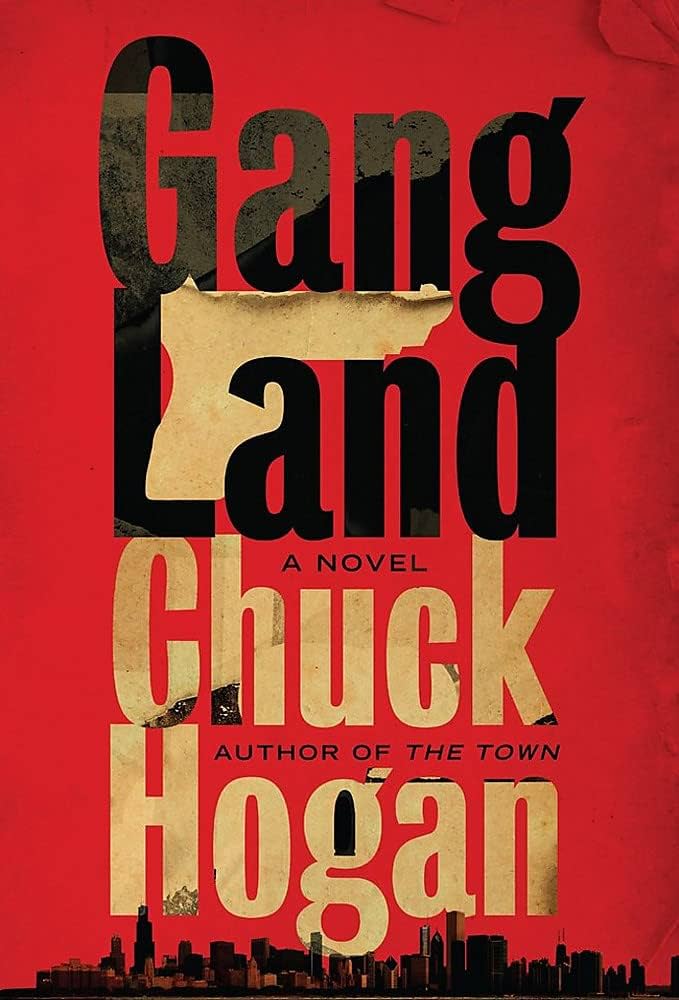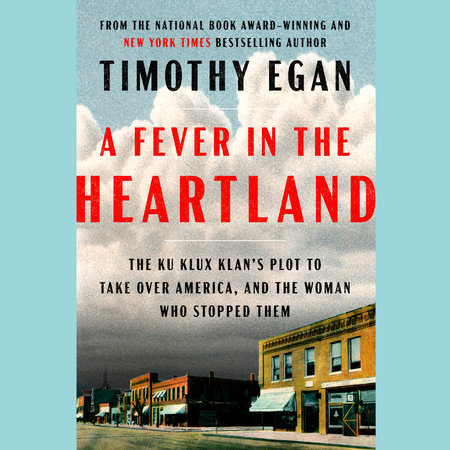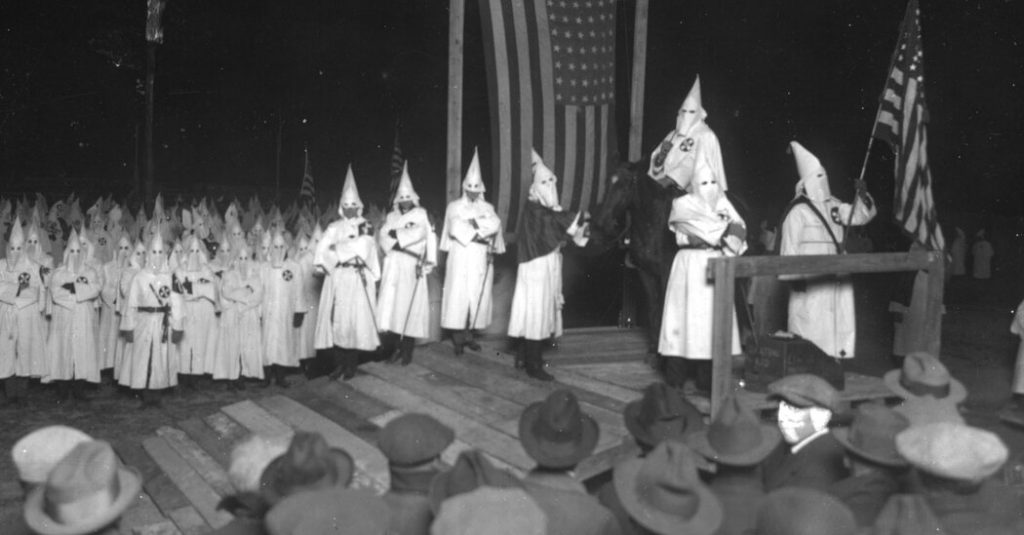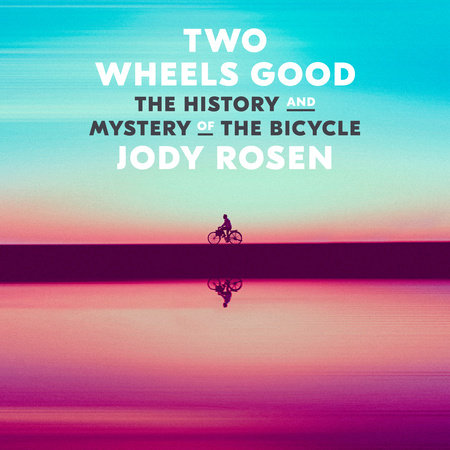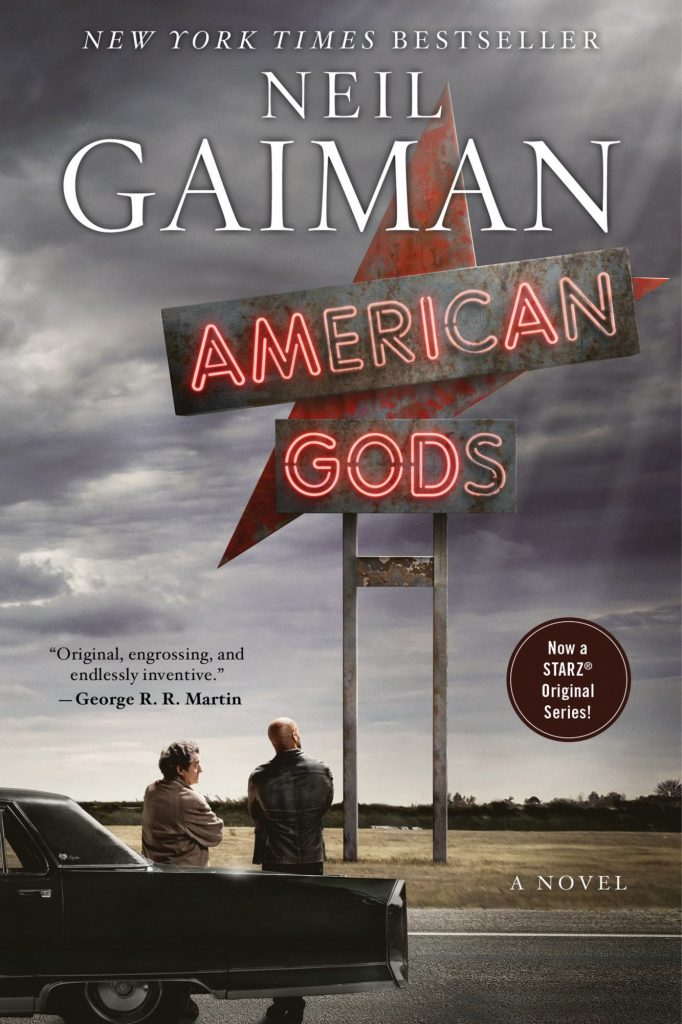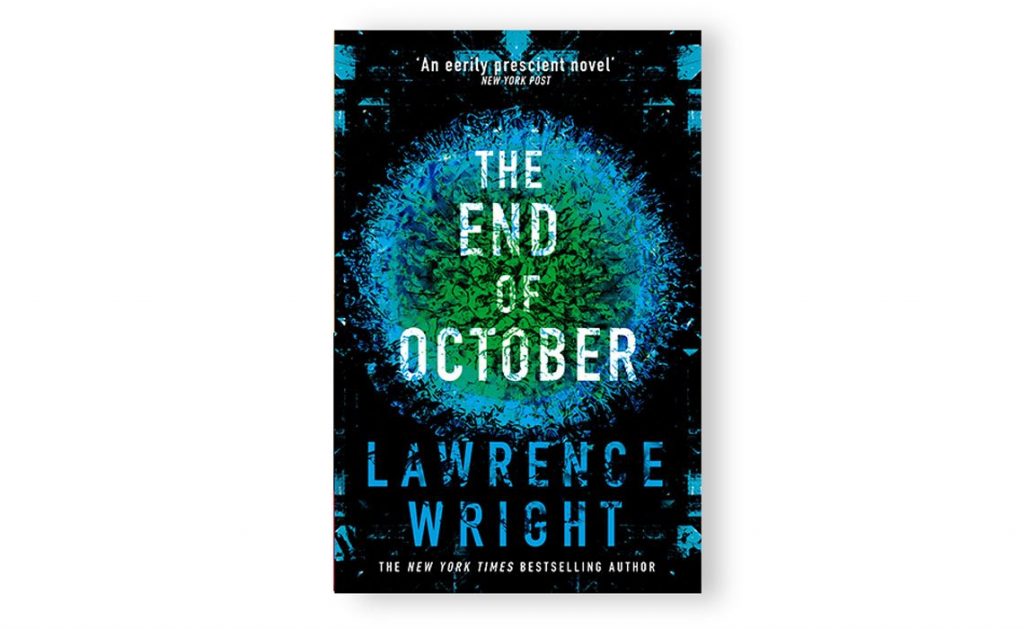
The End of October is shocking because of its initial accuracy and publication date. Coming into print just before the pandemic, Wright’s novel describes a global pandemic caused by a rapidly evolving corona virus that results in the deaths of millions worldwide. Which means that all of the indicators necessary to predict exactly how such a pandemic would play out were fully available to anyone willing to do the research and with a desire to write what should have been science fiction.
The scenarios that Wright must have investigated, and which he included in his novel, included military conflicts that erupted as Shia muslims blamed Shiite countries for releasing an incurable disease leading to military strikes between Iran and Saudi Arabia. Simultaneously, Americans and Russians, who have maintained, or deny maintaining, biowarfare units accused one another of releasing deadly diseases and managing Putin’s ruthlessness and unpredictability weighed heavily on the American administration. As the disease spreads without any means of redressing it, aggrieved countries retaliate with conventional weapons for perceived attacks with bio-weapons.
Reading the book with all of the hindsight of the pandemic is eerie. The wars that erupt in Wright’s book feel unbelievable, but only because they did not happen. The fact that nearly everything else Wright prognosticated did occur suggests that when millions of people die, societies and governments can collapse under the loss of leadership or the designs of Machiavellian politicians. About halfway through the book the intensifying plot overtakes the exceptionally well-done and finely presented research turning the book into something of a slog. But then again, surviving Covid was also a slog.
